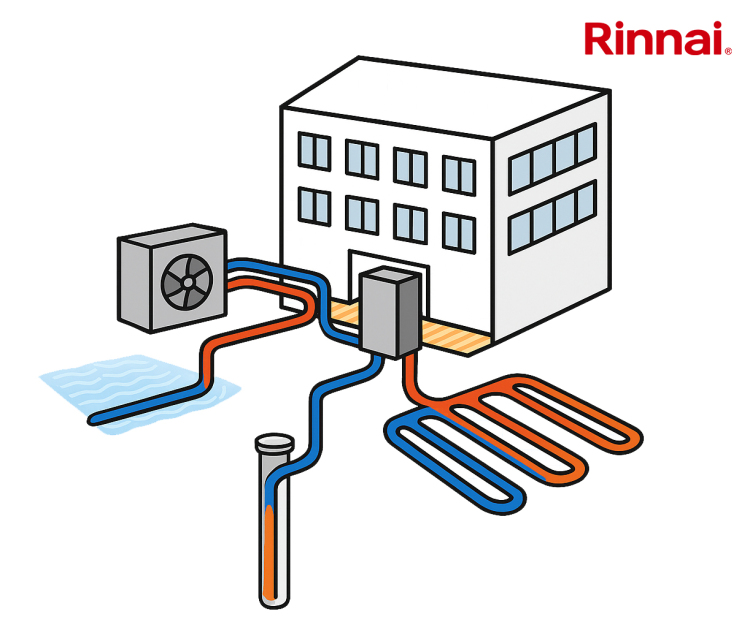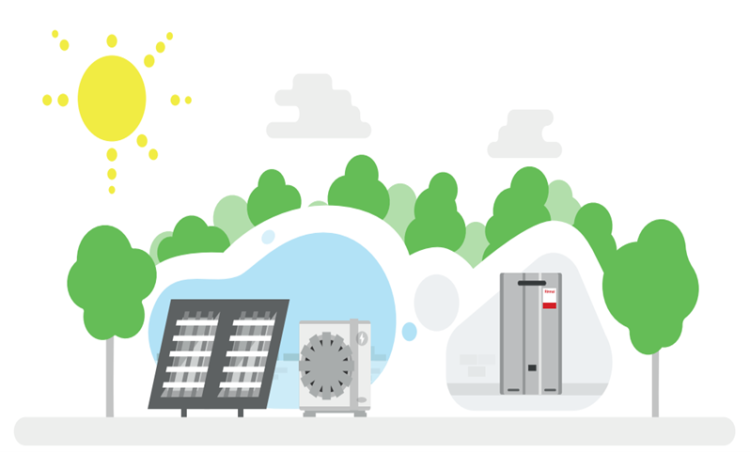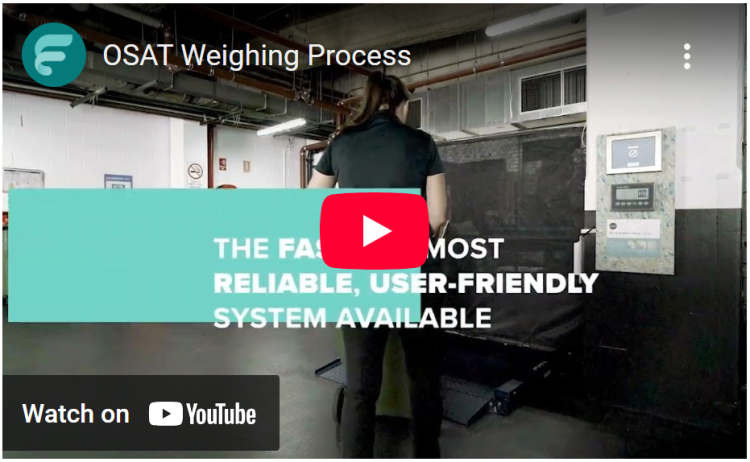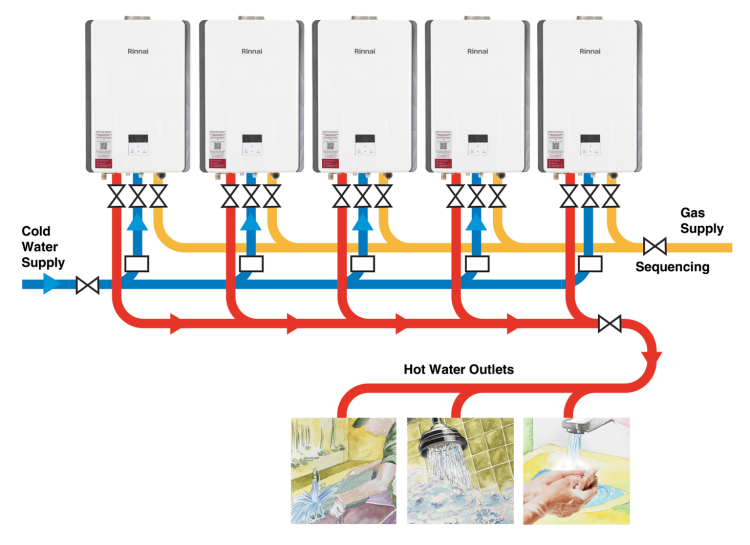24 November 2020
Managing a primarily digital team moving from 2020 to 2021 presents further consideration than prior years, to maintain a happy and efficient unit. What factors should those in charge focus on to be fair, supportive, and productive?
A new research-led report has revealed five types of worker who are at risk of unhappiness at work, if hybrid working is not managed successfully. The report, by Advanced Workplace Associates (AWA), warns that failure to create strategies to manage such employees could lead to a potential loss of momentum and productivity for employers.
Employers around the world are grappling with the challenges of months of home working or employees being on furlough, and as some workplaces reopen, and then close again, and furloughed staff are either re-employed or made redundant, managers are struggling to understand the multiple needs of their workforces.
"Social cohesion and trust are vital ingredients to create a productive workforce yet in the coming weeks there is a cocktail of circumstances that will put both of those under pressure."
– Andrew Mawson
Founder, AWA
Distress in the Hybrid Workforce
Five different classes of potentially unhappy worker were identified:
- Those who didn’t want to return to the office but were forced to.
- Those who are working at home but not particularly happy about it.
- Those who are left behind while colleagues are being made redundant (and they are bearing their workload).
- Those who were furloughed and felt like they were second class citizens, urgently trying to catch up on what they missed.
- Those who were not furloughed and feel like their colleagues have “had a nice four-month holiday”.
Social cohesion and trust are vital ingredients to create a productive workforce yet in the coming weeks there is a cocktail of circumstances that will put both of those under pressure,” says Andrew Mawson, founder of AWA.
“Leaders need to establish a new management framework to marry with the changes to workplaces or else they risk losing momentum as workers return. As we return to the office we must not return to an ‘us and them’ world. It is a time for re-invention, co-creation and leadership. Return to the past or move forward to a connected cohesive future, the choice is clear.”
A study published earlier this year by the Advanced Workplace Institute, co-ordinated by AWA, into 750 academic papers on virtual teams highlighted six key factors that determine the effectiveness and productivity of employees: social cohesion, trust, perceived supervisory support, information sharing, vision and goal clarity, and external communication. By focusing on these factors, AWA argues that organisations will ensure that parity remains among employees and establish the foundations of exceptional employee experience in this new world of work.
Social Cohesion
Possibly the most important principle of managing a hybrid team is making it feel like a whole and equal unit, as would be the aim in a fully office-based circumstance. By adopting the necessary equity towards the difference in set up, yet keeping the same expectations for productivity and output across the board, you can create a fair atmosphere that minimises division.
The first way to assess ways of making this possible is by communicating with your staff individually. By offering this personal level of support, you will be able to understand why someone resents not being able to work in a busy home, or why someone misses the office but lives with vulnerable others and doesn’t wish to expose them to any higher risk.
A recent Benenden Health report found that four in 10 haven’t felt supported by their employer during the COVID-19 pandemic. Continuing to check in with how your employees feel and reassuring them of your efforts to make them feel comfortable with any changes, will help them to feel that their mental health is important, consequently having a positive impact on it. Attempting this via multiple mediums, i.e. in email threads, calls and through collaborative work, will encourage the transparency that helps you identify issues. If you can spot the stress in an employee early enough you can help them to avoid resultant mental burnouts that can occur if things become overwhelming.
Learning the reasoning behind struggles at home and at a place of work during this time also educates you as a manager, informing anonymous and generalised examples to any staff that feel they have got the worst situation. For example, those that are feeling jealous of those being able to work from the comfort of their own may benefit to be reminded of the negatives of it – such as lack of colleague interaction, plausible distractions, etc.
If your venue allows you to give office-based staff flexibility in working hours, this will help them to feel they are being treated like those at home who may need to mould their timetable differently. Allowing individual processes for getting their results will make workers comfortable, making sure they are understanding of shared quotas or criteria will ensure group success.
Inclusivity
In contrast to an individual approach, bringing everybody together for a regular video call meeting, including those that are in the office together, will put them all on a level playing field. If there are too many staff members to do this, holding separate sector and smaller team meetings might be the only way of course. However, factoring in time for informal discussion can make a big difference, especially for those feeling isolated.
Encouraging team building exercises inside or outside of work hours might seem dire given the circumstance, circumstances with lacking options outside of the draining-novelty Zoom quizzes. Maintaining a positive network requires some extra thought. Small affirmations such as a smile in return for assistance, or even just the tone of voices used to address one another, can be subconsciously missed. More obvious cases of praise, handshakes, casual chatter and sharing coffee or tea rounds are missing elements for many even in the now socially-distanced and hyper-cleanly workplaces.
Perkbox is a digital platform that incentivises good work through structured recognition, allowing staff to give digital rewards with comments – even gift cards and coupons for real world activities or items can be set up by a paying company. Their Insights service also gives a manager the tools to collect confidential real-time feedback from the team, easily collating opinions on company choices, allowing for data driven decisions that give your workers the chance to have a say. For further analysis to help with the latter, ServicesApp recently explained how their program is suited for hybrid team management.
Even if a utility like this would be excessive for your business, it also highlights that we can use digital platforms already available to us to survey business wide, to celebrate good work from the week just gone, and to lift spirits eternally outside of directly productive communication.
Keeping it Fun and Esteem Boosting
The idea of playing online games with staff at the weekends or in other free time might seem silly to some, but there is no harm in airing options for less serious interactions – it can build good relationships and utilise the comission-free environment. Among Us is a simple browser based game released in 2018 that has seen a spike of popularity during the pandemic, as some businesses have taken the initiative to lighten connections between employees that are interested in gaming, or are feeling the negative lull that can arise after mental occupation is finished for the day. The principle of the game is to employ teamwork in solving puzzles and identifying the player that is slyly sabotaging their efforts.
Uniting in charitable efforts is another feel good pursuit that can be worked on individually, with a collective goal. This could involve simply encouraging challenges for sponsorship, or something more structured like the MagTeam100 charity challenge at Endomag. During Breast Cancer Awareness Month, they invited those associated with the brand – and anyone else that signs up – to run, cycle or walk 100 miles in total. Endomag donated £100 to Prevent Breast Cancer for every person that completed the challenge. Using an online system to log miles done, users could congratulate each other as they gained on their target.
Depending on your business and shared interests, a survey could certainly gather an idea of what would please most to be involved in. Something small could go a long way for social reinforcement in your team.
Picture: a person in a suit gives a thumbs up on the screen of a computer.
Article written by Bailey Sparkes | Published 24 November 2020
Share
Related Articles
Mental Health Conditions Remain Primary Driver of Work-Related Illness
The Health and Safety Executive has published its annual statistics on work-related ill health and workplace injuries for 2024/25.
Mental health conditions remain the...
Read Full Article
BSI Publishes UK’s First Workplace Suicide Risk Standard
New guidance to help employers support people affected by suicide and those with thoughts of suicide in the workplace has been published by The British Standards...
Read Full Article
TradeHive Launches Trial to Connect Construction Workers with Mental Health Support
A new digital learning and wellbeing platform to connect construction workers with tailored mental health support will be piloted over the next year.
Two construction...
Read Full Article
The Chartered Institute of Building Launches 3rd Phase of Mental Health Research
A landmark survey into the mental health issues facing those working in construction and the built environment has launched.
The Chartered Institute of...
Read Full Article
Mental Health Workshop Series Available for Security Sector Professionals
A charity that works with armed forces' veterans is now offering a series of trauma awareness training for security employers.
In conjunction with Assist Security...
Read Full Article
Succession Actor Brian Cox Lends Voice to Desk Break Mental Health Campaign
Actor Brian Cox has joined the campaign to raise awareness that continuous desk work negatively affects stress levels.
A global report exploring the impact of daily...
Read Full Article
First Response Group Joins Security Consortium for the Prevention of Suicide
To mark World Suicide Prevention Day, security services provider First Response Group has joined the Security Consortium for the Prevention of...
Read Full Article
Government Proposes ‘Right to Switch Off’
The government is proposing to consult on the “right to switch off” for employees.
This would give employees the right to digitally disconnect from...
Read Full Article
East London NHS Trust Wins ‘Estates and Facilities Team of the Year’ Award
The facilities team at the East London NHS Foundation Trust has won a prestigious “Design in Mental Health” Award.
The estates team was shortlisted in a...
Read Full Article
East London NHS FM Team Shortlisted for Design in Mental Health Award
The estates and facilities team at the East London NHS Foundation Trust has been shortlisted for an award celebrating exceptional design in mental health settings.
The...
Read Full Article


.gif)
.gif)

.gif)


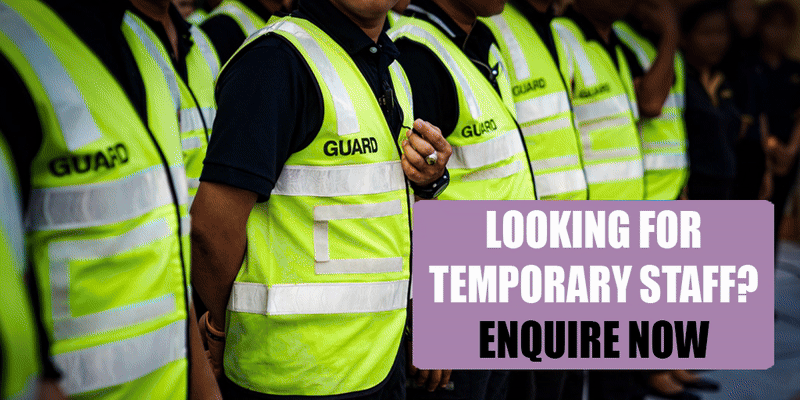
.png)

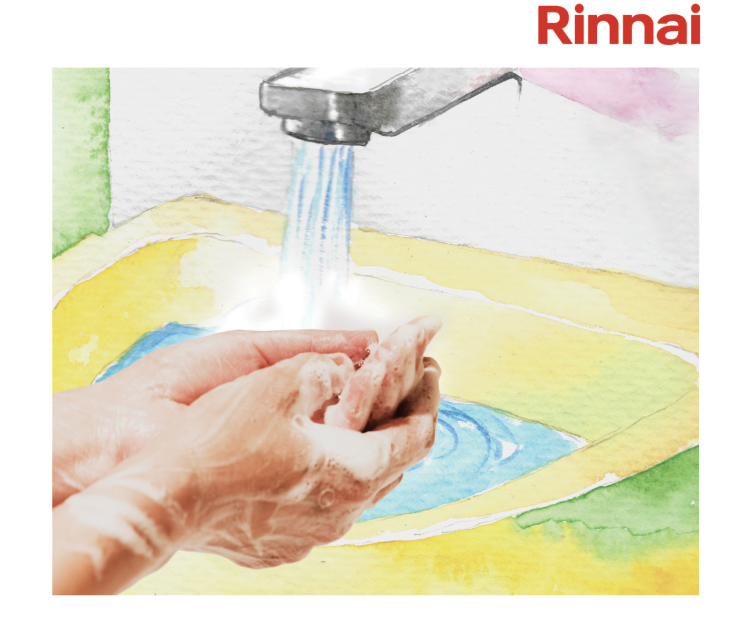
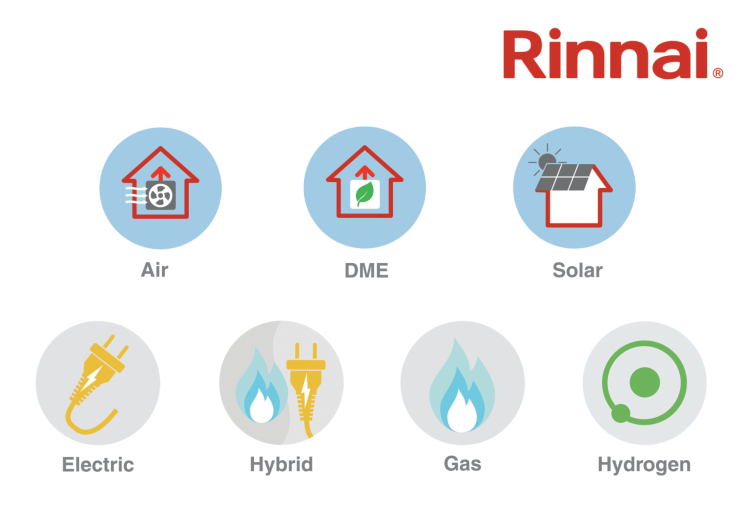
.png)
